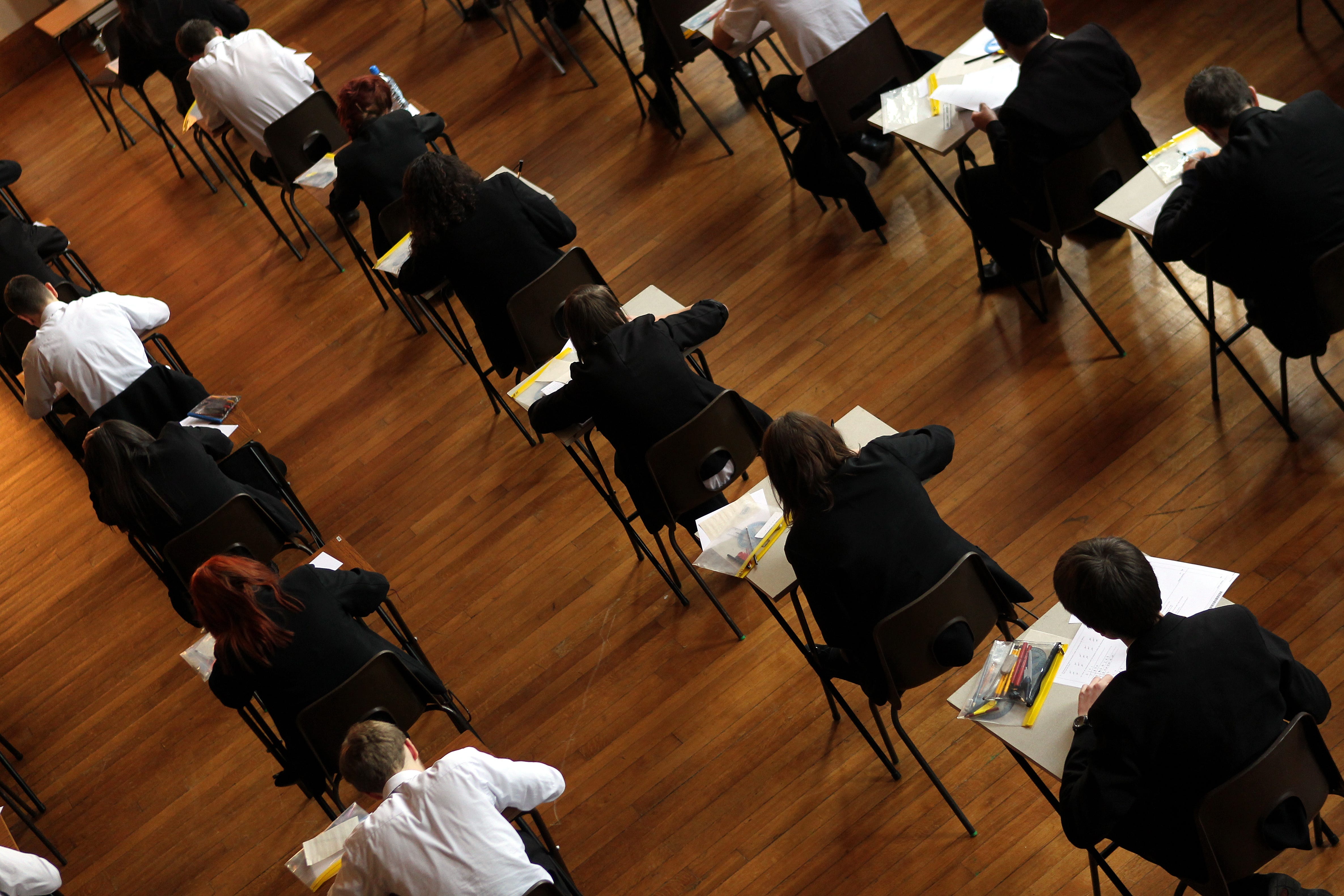Disadvantaged pupils have fallen further behind peers since pandemic – report
Disadvantaged students in England are 19.2 months behind their peers by the end of secondary school, according to a think tank.

Disadvantaged pupils in England have fallen even further behind their peers since the pandemic, a report has suggested.
By the time disadvantaged children sit their GCSEs at the age of 16, they are now more than 19 months behind their peers, according to the think tank Education Policy Institute (EPI).
The paper found that the disadvantage gaps for 11 and 16-year-olds are at their “widest levels” in over a decade – and remain “much higher” than pre-pandemic levels for children aged five.
Whilst in 2023, exams returned to their pre-pandemic standards, educational inequalities look very different from how they did in 2019
“That children from low-income families appear to have fared so badly is no doubt related to rising levels of child poverty, and the differential impact of the pandemic,” the report concluded.
EPI used data from assessments in the early years, the end of primary school, the end of secondary school and the end of the 16-19 phase to assess changes in attainment between 2019 and 2023.
Exams and grade distributions in England largely returned to normal in 2023, but the think tank said the impact of the pandemic is “not yet over” and “educational inequalities look very different” compared with 2019.
The research found that by Year 6, the disadvantage gap had grown to 10.3 months in 2023 – one month wider than pre-pandemic levels in 2019.
Concerningly, not only are disadvantage gaps for 11 and 16-year-olds at their widest levels since 2011, we are seeing worrying trends for children just starting school
By Year 11, disadvantaged pupils were 19.2 months behind their peers.
This gap has widened by 1.1 months since 2019 and has reached its highest level since 2012, the paper said.
With the exception of London, the disadvantage gap has grown across all regions in England by the end of secondary school, according to the report.
It also found that persistently disadvantaged pupils – those eligible for free school meals for at least 80% of their school lives – were almost two years (22.9 months) behind their non-disadvantaged peers by the end of secondary school, and 11.6 months behind by the end of primary school.
If the new Government is to make real progress in tackling these inequalities, it must adopt evidence-based policies and interventions with urgency
The think tank has called on the new Labour Government to introduce a renewed strategy for closing attainment gaps which includes targeted funding for disadvantaged pupils.
Natalie Perera, chief executive of the EPI, said: “If the new Government is to make real progress in tackling these inequalities, it must adopt evidence-based policies and interventions with urgency.
“These should include higher levels of funding targeted towards disadvantaged pupils and a cross-government child poverty strategy to tackle the root causes of educational inequalities.”
Emily Hunt, associate director for social mobility and vulnerable learners at the EPI, said the gaps were “stark” and demanded “renewed focus” from policymakers.
She said: “Whilst in 2023, exams returned to their pre-pandemic standards, educational inequalities look very different from how they did in 2019.
It is a national tragedy that under the last government, in many cases, the attainment gap between the most and least disadvantaged children widened, further entrenching inequality
“Concerningly, not only are disadvantage gaps for 11 and 16-year-olds at their widest levels since 2011, we are seeing worrying trends for children just starting school.
“That gaps at age five are widening across disadvantaged and vulnerable groups – as well as being at record levels for children with Send (Special educational needs and disabilities) – highlights the scale and breadth of challenges facing schools and the importance of the earliest years of life.”
Paul Whiteman, general secretary of the school leaders’ union the NAHT, said: “It is a national tragedy that under the last government, in many cases, the attainment gap between the most and least disadvantaged children widened, further entrenching inequality.
“Teachers and school leaders work hard to support pupils, but they alone cannot address the deep-rooted causes of poverty, and its consequences, including the damage it does to children’s learning and their attendance at school.”
Education minister Catherine McKinnell said: “These figures show that, despite the work of our brilliant teachers, too many pupils are being held back by their background.
“It is this government’s mission to break down these barriers to opportunity so we can improve the life chances of all children. We will deliver real change by providing access to specialist mental health professionals in every secondary school, introducing free breakfast clubs in every primary, as well as developing an ambitious strategy to reduce child poverty so that families feel supported, and children are able to learn.”
Bookmark popover
Removed from bookmarks